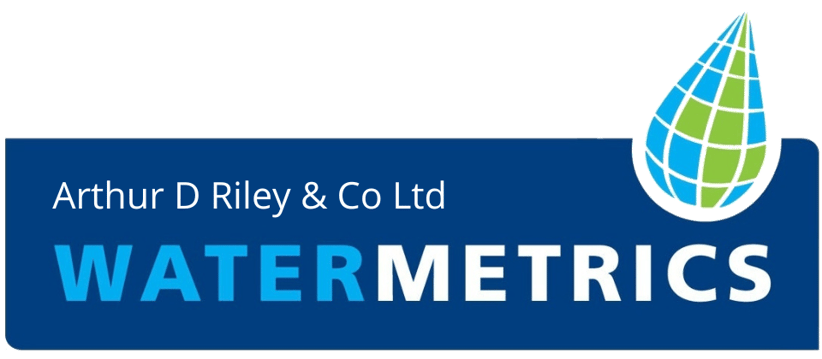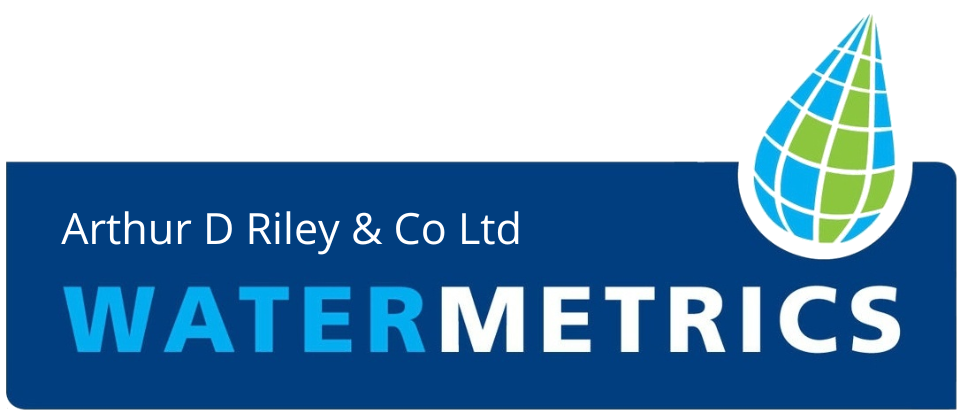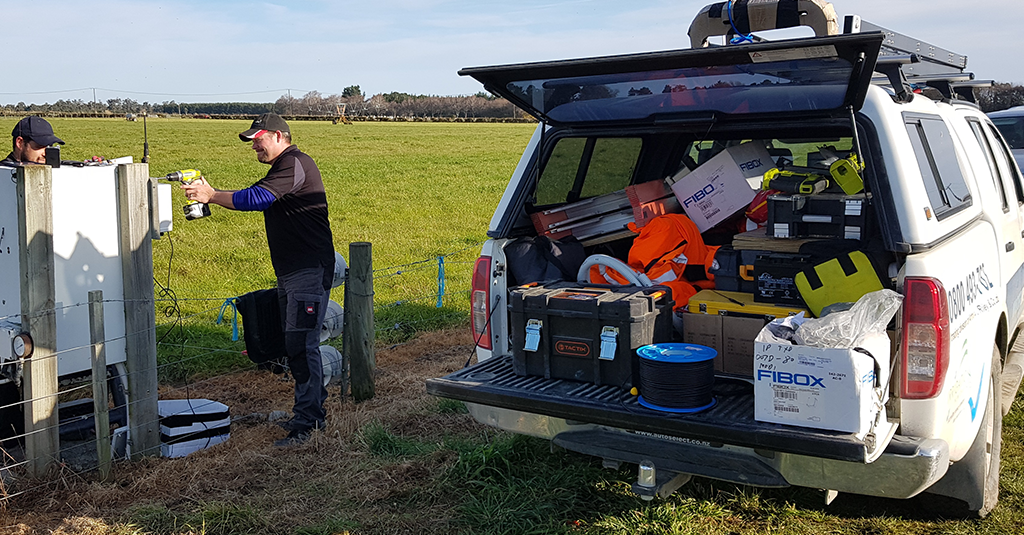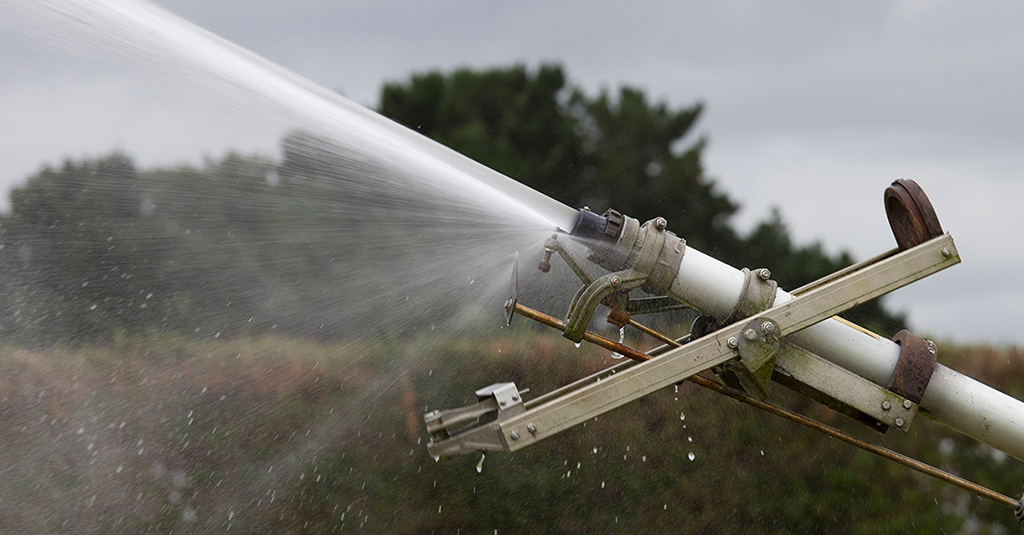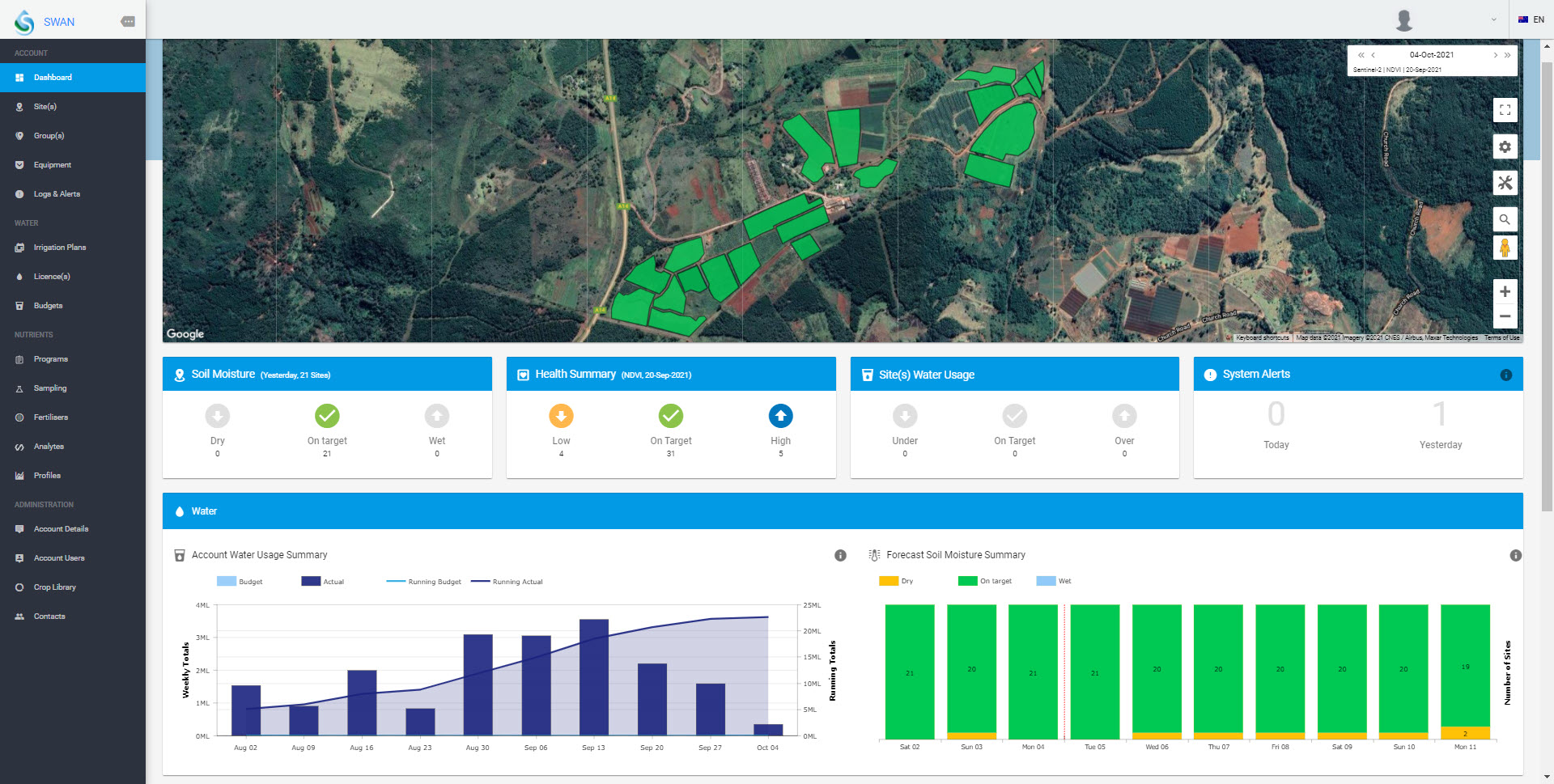Excellent data + excellent irrigation = excellent produce – an underground formula for effective produce growth
To grow high yielding quality produce, you need the correct levels of irrigation. Too much watering can cause disease, nutrient washout and wasted pumping costs. Too little watering, particularly with shallow rooting plants, results in stress to the plants which could cause irreversible damage.
Irrigation management is a juggle of crop type, stage, crop quality targets, soil type, water supply, weather, and irrigation equipment. Farmers or horticulturalists with years of experience have been known to casually grab a handful of soil, squeeze it and then judge whether it needs more water. While this method may provide anecdotal data, it doesn’t supply accurate or timely information to make more advanced decisions.
Specific crops require customised irrigation
Kiwifruit damaged by dry periods can have leaf wilt, resulting in smaller fruit and reduced yields next season. Conversely, excessive moisture means reduced roots and lower quality yields. Irrigation can increase fruit size prior to harvest but over-watering can reduce dry matter.
Grape vines respond to very specific watering. You can target bulk yield or aim for consistent quality when it comes to fruit size. Dormant vines can also be managed to perform well. We recommend correct moisture in late winter well before budburst.
Leafy greens with shallow roots need constant water to maintain quality, while fruiting crops require irrigation at flowering and fruit development stages. Tomatoes, capsicums and eggplants have high ETO and require constant irrigation.
Using data to boost crop growth
While you can’t control the weather, you can use accurate and timely data to make good decisions. For your crops to thrive, you need to set targets around your crop stages with things you can control. Recording the weather and obtaining accurate forecasts will help you to make agile decisions on a daily basis. District weather forecasts are often not the same as your farm’s eco system, so an on-farm weather station is good tool to have.
Getting the best crop results
A soil probe is a powerful tool in providing accurate information on moisture in your soil. This information helps with decisions such as how much water can be saved while still enabling growth.
Your soil probe should be movable, measure soil temperature and moisture, and record in short intervals. For optimum results, measure at 100mm intervals down to at least 500mm. Monitoring what is happening at each level is important and setting specific targets in different zones for each crop stage.
There is not much point in applying nutrients to a crop and then washing them out. A good probe allows you to see the effect of a rainfall or irrigation event. It also shows environmental auditors how you have managed irrigation and enables your processes to remain compliant.
What to look for in choosing a good quality soil probe
Not all soil probes are created equal. Keep the following in mind when you’re choosing one:
- Annual cost
- Frequency of reading
- Accuracy of probe placement
- Verification of correct data
Ineffective probes have to be dug in, give poor information and unfortunately don’t deliver a good return on investment.
Watermetrics’ Lora network successfully services thousands of farms, providing fast and efficient data to farmers and horticulturalists throughout New Zealand. Our probes are internationally proven and we continually work with our suppliers to offer the best probes for New Zealand conditions.
The data gained from Watermetrics’ soil and moisture sensors is easy to interpret, and uniquely customised for your farm or produce. We connect flow data, climate information and soil information in graphical form to make management decisions easy. Over time, and with a simple keystroke, you can see full records of last year’s crop conditions and can compare them with this season’s crops.
Our predictive irrigation solution automatically calculates your irrigation requirements based on your actual data in combination with forecasted weather and then sends this information straight to your phone.
When making decisions around what equipment to buy or how to use the data for management purposes talk to our agronomy team to bounce around some ideas.
